-

-
400 South Salina St. Suite 201,
Syracuse, NY 13202
INDUSTRY-LEADING HIGH-PERFORMANCE
DATA CENTER CABLING SOLUTIONS
Strengthening the foundation of your data center
Delivering unparalleled quality, service, performance, and innovation.
WHY CHOOSE CABLEXPRESS?
CABLExpress®, a division of CXtec Inc., manufactures high-performance cabling, data center infrastructure products, and structured cabling solutions.

THE PARTNER FOR IT PROFESSIONALS WHO VALUE HIGHER QUALITY AND AFFORDABILITY
We provide you with the highest quality product, best service, optimum performance, and industry-leading innovation.
PARTNERSHIP
Tailored cabling solutions driven by your needs and our innovation to implement innovative product design.
TECHNOLOGY LEADERSHIP
Industry-leading quality and reliability for fiber cables, modules, and enclosures, ensuring layer one infrastructure exceptional performance.
BUSINESS VALUE
Efficient data center cabling solutions to improve business processes through technology and enhance process functionality.
OUR PRODUCTS
Structured cabling and data center infrastructure solutions to achieve business success.

DATA CENTER CABLING
We offer high-performance cabling, data center products, and structured cabling solutions to maximize the value of your technology investments.
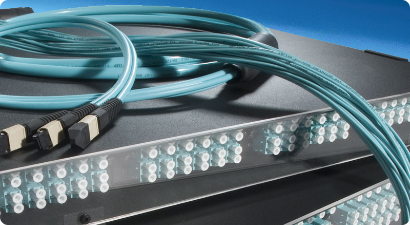
FIBER CABLES
Make the most of our 100% optically tested fiber cables to ensure consistent enhanced performance and minimal cabling congestion.
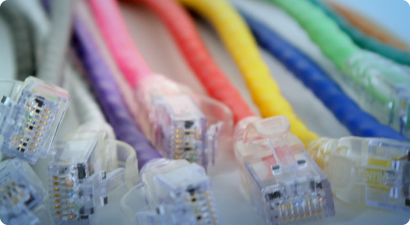
COPPER CABLES
Avail our reliable and customizable wide range of copper cables for reduced installation time and space utilization.
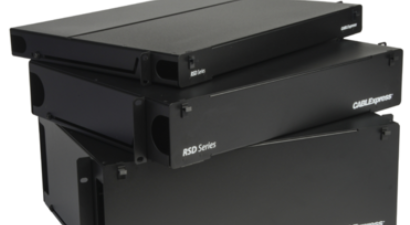
FIBER PATCH PANELS & ENCLOSURES
We offer the highest port density in the industry and vast configuration options to ensure that you get the best-in-class fiber cable enclosures.
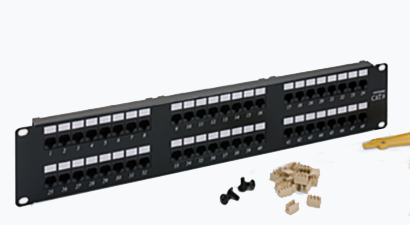
COPPER PATCH PANELS
Explore modular copper patch panels for flexible, reliable data center cabling options, including pre-punched and punch-down options
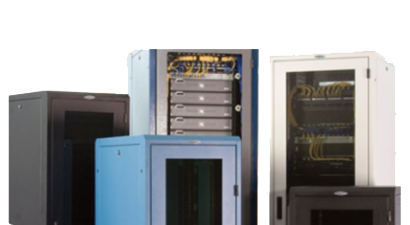
CABINETS
We offer high-density cabinets for airflow equipment, various sizes, configs, and cable management options.
OUR SERVICES
Experience specialized services by our expert team to achieve outstanding results

DESIGN ASSISTANCE
Our team of experts specializes in designing and implementing long-lasting, high-performing data center cabling infrastructure. These infrastructure exceed industry standards and last for multiple generations of hardware.

CUSTOMIZED PRODUCT DEVELOPMENT
We offer creative and tailored solutions as per customer-specific needs. These solutions are designed to keep your data center efficient, organized, and aesthetically pleasing.
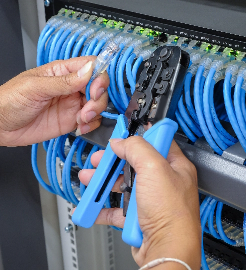
PROJECT SERVICES
We handle project planning details such as creating a labeling scheme, organizing boxes and cables to your preference, and much more, making your project a plug-and-play process with less clutter.

DEDICATED SOLUTIONS CONSULTANT
We have dedicated solutions consultants for a smooth product, plan, and project execution. More than just a reseller, our team of experts and architects is here to help.
HEAR IT FROM OTHERS
We go above and beyond to ensure our customers' satisfaction.
Great customer service - Our rep is always ready to go the extra mile to get us the products we need fast and on-time delivery.
Dreamworks Animation, LLC.
,
No reasonable request is met with any difficulty. My sales rep takes care of all our needs and resolves any issues quickly.
BNSF Railway Co
,
CABLExpress has been great to work with, efficient with quoting and orders and our rep, has great follow up and is quick to provide answers when needed!
Terrapin Systems
,
CABLExpress has excellent products, and absolutely the best people, who provide phenomenal customer service. Our rep is the best!
Duke Medical University
,
TOP RESOURCES
Leverage our expertise for your research on our offerings that help you arrive at the best possible decision.

5 REASONS WHY IT PROFESSIONALS CHOOSE FIBER OPTIC CABLES INSTEAD OF COPPER
Fiber optic cables are superior for long-distance, high-speed, and heavy bandwidth connections. To make informed decisions, it's essential to understand the distinctions between fiber optic and copper cables.
Read Blog
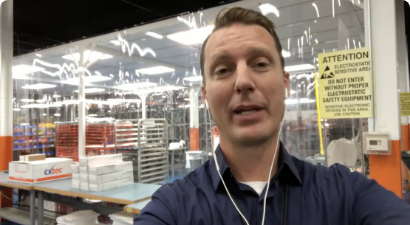
FIBER OPTIC CABLE CORE SIZES AND RATING TYPES - CABLEXPRESS RESPECT LAYER ONE #8
The OM rating, which is based on ISO standards, measures the amount of intermodal dispersion present in a fiber optic cable. This is a way of determining the cable's ability to transmit data quickly and over long distances. OM3 is the most widely used type of cable in this category.
Watch Video
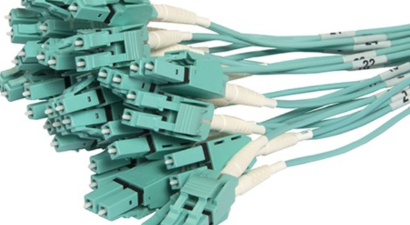
DATA CENTER STRUCTURED CABLING GUIDE
As the amount of data being generated continues to increase rapidly, businesses are placing a high priority on data center design that is both efficient and space-saving. To meet this need, hardware and cabling should be designed to be modular and scalable, and to make the most efficient use of available space.
